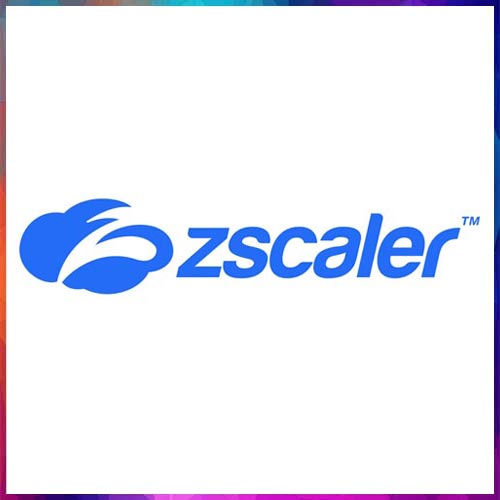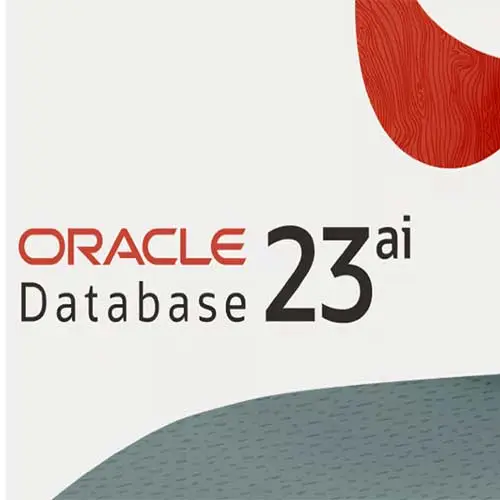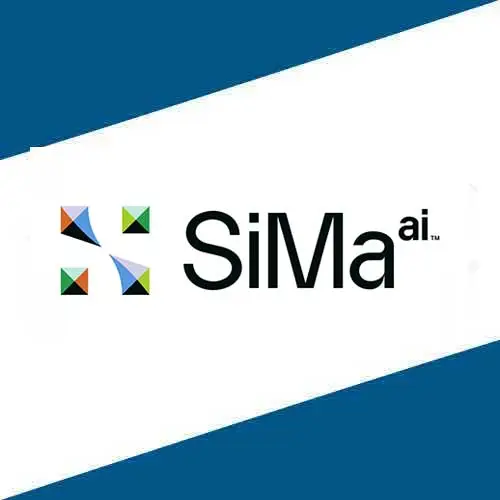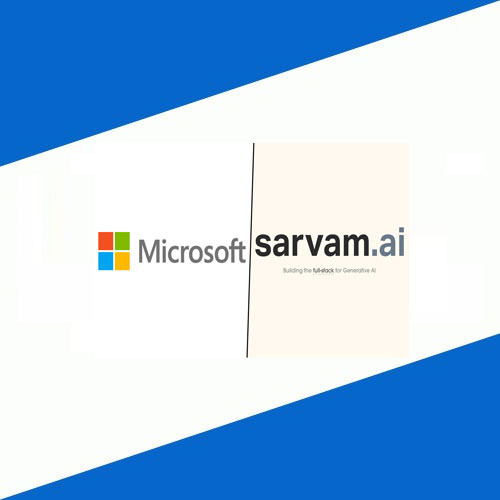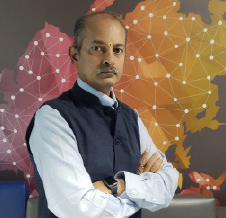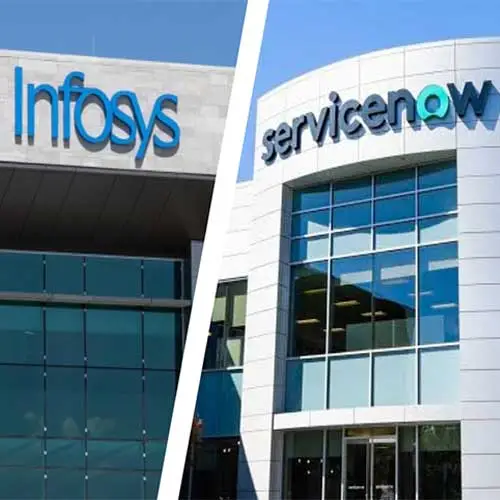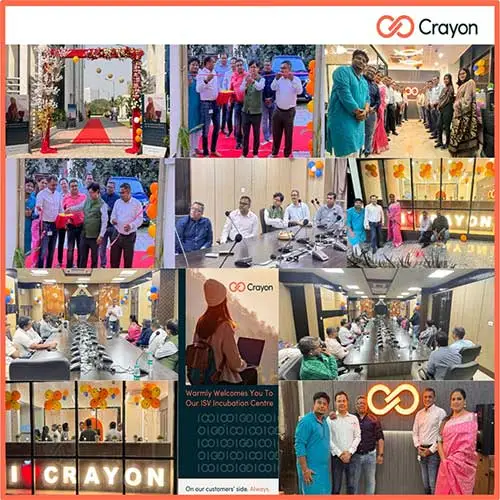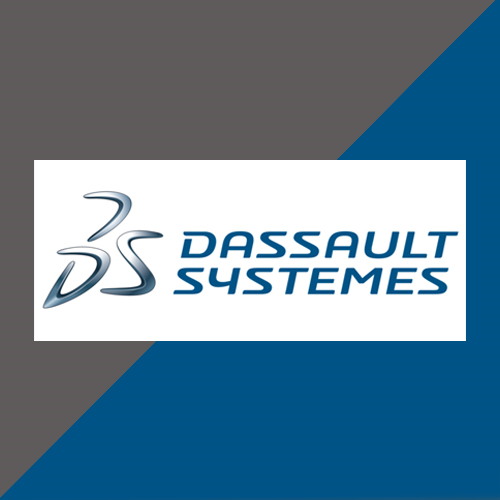Zebra optimistic on the growth in APAC region
Ajay Rao
Head of Cards Business & Pre-Sales, India and subcontinent
Zebra Technologies
India is emerging as one of the world’s largest and fastest-growing markets for smart cards. The market size is anticipated to reach $1 billion by 2015. A huge component of the growth is expected to come from the ongoing government projects like PMJDY, RSBY, PDS, driving licence, vehicle registration, financial inclusion, toll collection, metro rail projects, 100 smart cities project, etc.
With a population of over 1.2 billion people, the ability to track all assets and transactions occurring across India is a real challenge. Through automatic identification and data-capture (AIDC) technologies like smart cards, Zebra’s solutions grant every individual, asset, and transaction occurring in the country a unique digital voice, thereby generating a pool of real-time insights and intelligence and giving stakeholders a detailed picture of each operation.
Latest trends in smart card technologies
According to the Transparency Market Research, the global smart card market was valued at US$4.5 billion in 2011 and is expected to grow at a CAGR of 7.7% to reach US$7.9 billion by 2018. The telecommunication sector is the largest revenue generator for the smart card market, contributing about 50 per cent of the revenue. Geographically, EMEA is the largest revenue generator for the smart cards market on account of technology competence and demand for secured transactions.
Smart card-enabled applications are becoming more prevalent in many of today’s businesses. The payments industry in India is moving towards smart cards. There has been rapid acceptance of smart card technology for fast, convenient, and secure credit and debit payment. Recently in India, Indian Railways has introduced “Go India” smart card last month to enable passengers to pay for tickets for long- or short-distance journeys in the reserved and unreserved class, including suburban service, with an aim to reduce transaction time at booking counters. Another example is Mother Dairy who has recently teamed up with the State Bank of India to introduce a smart card, which can be used to purchase products from its outlets instead of paying in cash.
Zebra Technologies’ modus operandi
Technology, whilst being an enabler for businesses, can create risks if not properly managed. However, there are many ways in which the end-user can mitigate such security risks, simply by being more aware of the way they use technology. For example, by simply monitoring and managing access to card printers that issue secure ID cards, the organization takes steps towards protecting themselves from loss of data integrity and/or identity theft, which could result in reputational damage and even financial losses.
From the other side of the fence, technology has also made notable advancements in improving security. For example, Zebra’s ZXP Series 7 and Series 8 card printers comes with the best covert and overt industry-leading security features, including secure Holographic lamination, on-demand UV printing, secure lock for individual printer, software lock features, and even AES encryption for communication with the printers. Ajay Rao, Head of Cards Business & Pre-Sales, India and Subcontinent, ZebraTechnologies, shares, “With proper management and implementation of such solutions, Zebra significantly reduces the amount of security risk they are exposed to.”
Zebra Technologies’ presence in India
With India emerging as one of the fastest-growing markets for smart cards, Zebra can see potential in this market as well. Aside from the range of government projects using smart cards technologies, there are several other sectors that are also jumping on the bandwagon.
Illustrating the increasing usage of smartcards at different places in India, Ajay Rao further says, “In the education industry, schools and colleges require smart cards for access management (student and staff IDs, library records), tracking records (student registration, exam entries, network log-ins, club memberships), and also in enabling cashless campuses. In the retail sector, smart cards are being adopted to improve the level of service provided through loyalty programmes (loyalty cards, gift cards, etc.), access management (staff IDs), and tracking of assets and transactions (cash register log-ins). Lastly, the BFSI sector has also started adopting instant personalization of customer cards, micro-banking, e-passbooks to improve the service level provided to customers.”
As far as the market share is concerned, Asia Pacific represents about 15% of Zebra’s total sales. It is one of the fastest-growing regions, and they have a variety of customers across the manufacturing, retail, healthcare, and transportation & logistics industry. Zebra is confident about seeing more partnerships from the APAC region.
satinder@varindia.com
See What’s Next in Tech With the Fast Forward Newsletter
Tweets From @varindiamag
Nothing to see here - yet
When they Tweet, their Tweets will show up here.





